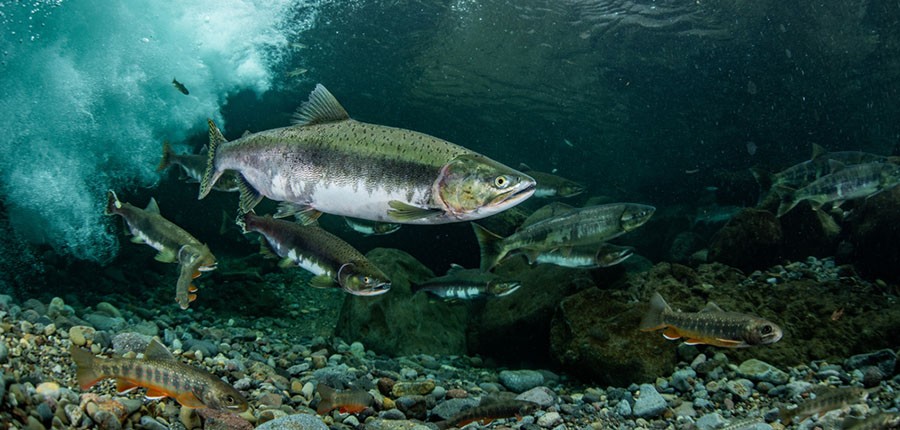12/12/2023
12/12/2023
NEW YORK, Dec 12: Approximately 25% of the world's freshwater fish face the threat of extinction due to a combination of global heating, overfishing, and pollution, as indicated by an expert assessment. The inaugural International Union for Conservation of Nature (IUCN) red list evaluation of freshwater fish highlights the vulnerability of species like the large-toothed Lake Turkana robber in Kenya and the Mekong giant catfish in Southeast Asia.

Climate change plays a significant role, impacting nearly 20% of all threatened freshwater species. Factors such as decreasing water levels, altered seasons, and seawater intrusion into rivers contribute to the risks. Out of the 14,898 assessed species, 3,086 are identified as at risk of disappearing. The assessment also reveals increased threats to mahogany, Atlantic salmon, and green turtles. However, there are positive updates, with the saiga antelope moving from critically endangered to near threatened due to a 1,100% population increase in seven years, primarily in Kazakhstan. Another success story is the reintroduction of the scimitar-horned oryx in Chad, previously extinct in the wild.
The IUCN President, Razan Al Mubarak, emphasizes the effectiveness of coordinated conservation efforts and the need to address the interconnected climate and biodiversity crises. Big-leaf mahogany, a sought-after plant, is now endangered due to unsustainable harvesting. Atlantic salmon faces near-threatened status after a 23% global population decline, driven by habitat loss, global heating, and dam construction.
Freshwater fish, constituting over half of known fish species, are crucial for ecosystems and human livelihoods. The IUCN emphasizes the necessity of well-managed freshwater ecosystems to halt species declines and ensure food security, livelihoods, and economies in a climate-resilient world. Additionally, central south Pacific and east Pacific green turtles are at risk of disappearing due to fishing bycatch, egg consumption, and the impacts of rising sea temperatures on nesting success.


